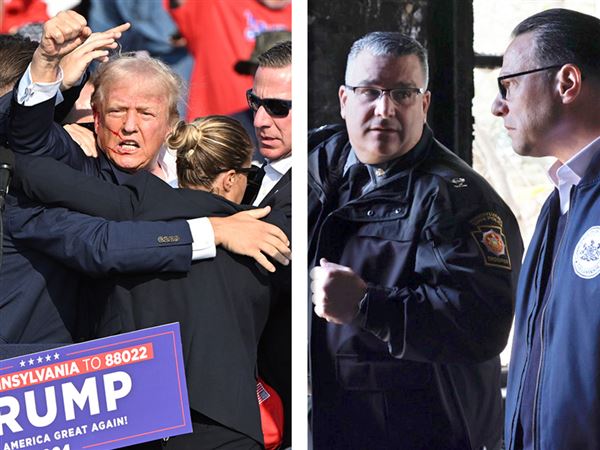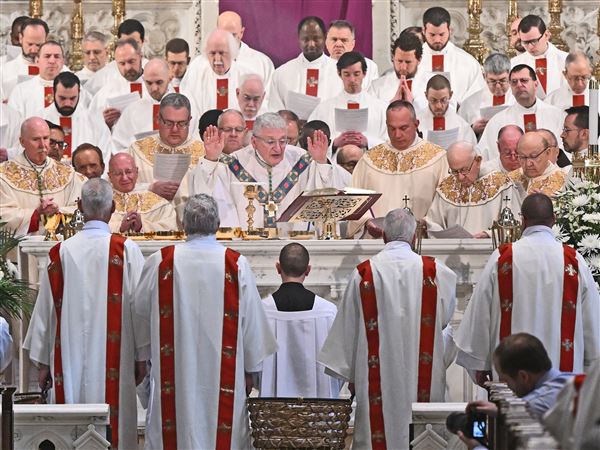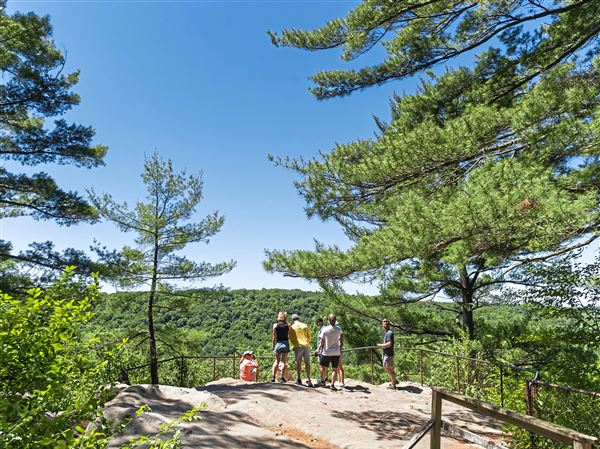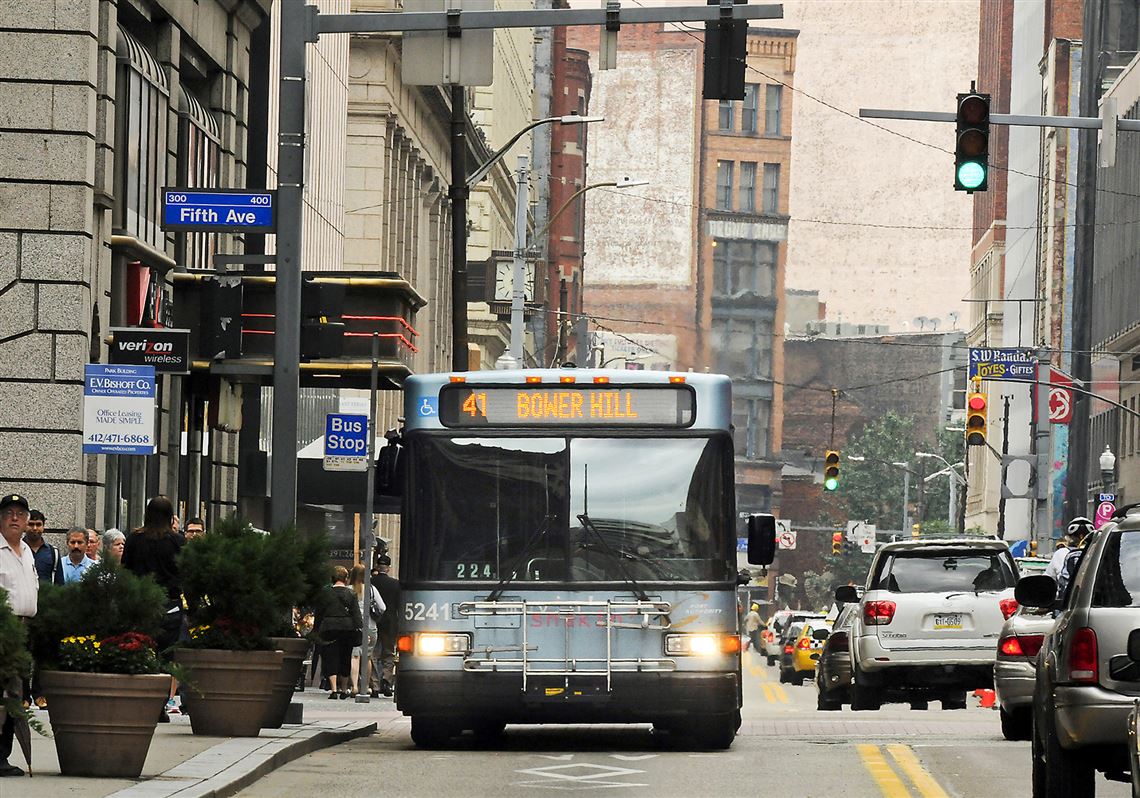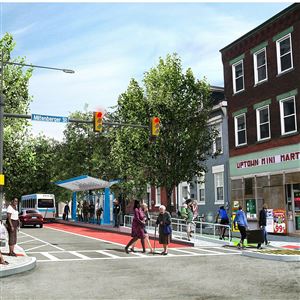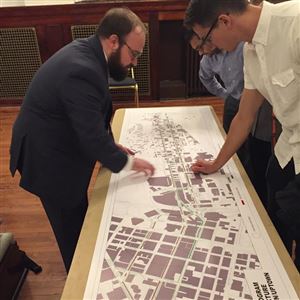As president and CEO of Mitsubishi Electric Power Products Inc. in Warrendale, Brian Heery gets a firsthand look at the region’s transportation issues. He has employees from each of the 10 counties that make up southwestern Pennsylvania.
Now, as co-chairman of the Regional Transportation Alliance, he has an opportunity to help address the movement of people and freight across the region. After the alliance released an 18-month study Wednesday that identified seven principles and 50 ideas to consider, the real work of developing projects, building consensus and identifying funding begins.
That regional approach is key to making those types of transportation improvements, Mr. Heery said during a news conference at Nova Place on the North Side.
“Big transportation improvements have eluded us,” Mr. Heery said. “We’ve known we have to do something big with our transportation system.”
The concept of approaching transportation issues as a region will be similar to the effort in Denver, he said, where that region is investing upward of $10 billion in projects such as direct transit from the airport to the city and surrounding area.
The local effort will be led by the Allegheny Conference on Community Development, which appointed the study group at the recommendation of the Southwestern Pennsylvania Commission.
“We need to have a vision and have people line up behind it and support it,” Mr. Heery said in an interview later. “As the [Allegheny Conference of Community Development] throws its weight behind this … you’ll see the shape of the vision start to form. This [study] has been a big first step.”
The alliance met with more than 500 businesses, groups and individuals to develop the concept known as Imagine Transportation 2.0. The study group has an elected official and a business representative from each of the 10 counties and the city of Pittsburgh, plus staff support from the Allegheny Conference.
Dennis Yablonsky, CEO of the Allegheny Conference, called addressing transportation needs “one of the transformative issues we are working on.” The key to continuing regional economical growth will be finding replacements for some 280,000 people who will retire from the workforce over the next decade and connecting those new workers with their jobs.
The conference first will identify which of the 50 ideas can move ahead quickly and begin working with the alliance to move them forward.
Pittsburgh Mayor Bill Peduto said the region has to improve its transportation system to take advantage of ongoing projects such as Uber and Ford developing self-driving vehicles in the area and Shell building a plant in Beaver County. Using a skiing term for difficult slopes, he rated area roads “a double-black diamond.”
“This is our time here and we’re going to roll our sleeves up and get to work.” the mayor said. “Our future depends on it.”
The seven guiding principles the alliance adopted are:
• Optimize existing assets.
• Prioritize connections to jobs and education.
• Embrace new operating models.
• Make flexible, future-proof investments.
• Adopt best-management practices.
• Support multiple mobility options.
• Operate as an integrated system.
The 50 ideas to explore include specific projects such as improving entrances to the Fort Pitt and Squirrel Hill tunnels and a Bus Rapid Transit between Downtown and Oakland; and concepts such as a task force for transportation similar to Riverlife, which oversees development along the riverfronts.
The 10 counties represented in the alliance are Allegheny, Beaver, Butler, Lawrence, Armstrong, Indiana, Washington, Westmoreland, Fayette and Greene.
The full study is available at RegionalTransportationAlliance.org.
Ed Blazina: eblazina@post-gazette.com or 412-263-1470.
First Published: March 8, 2017, 3:54 p.m.

